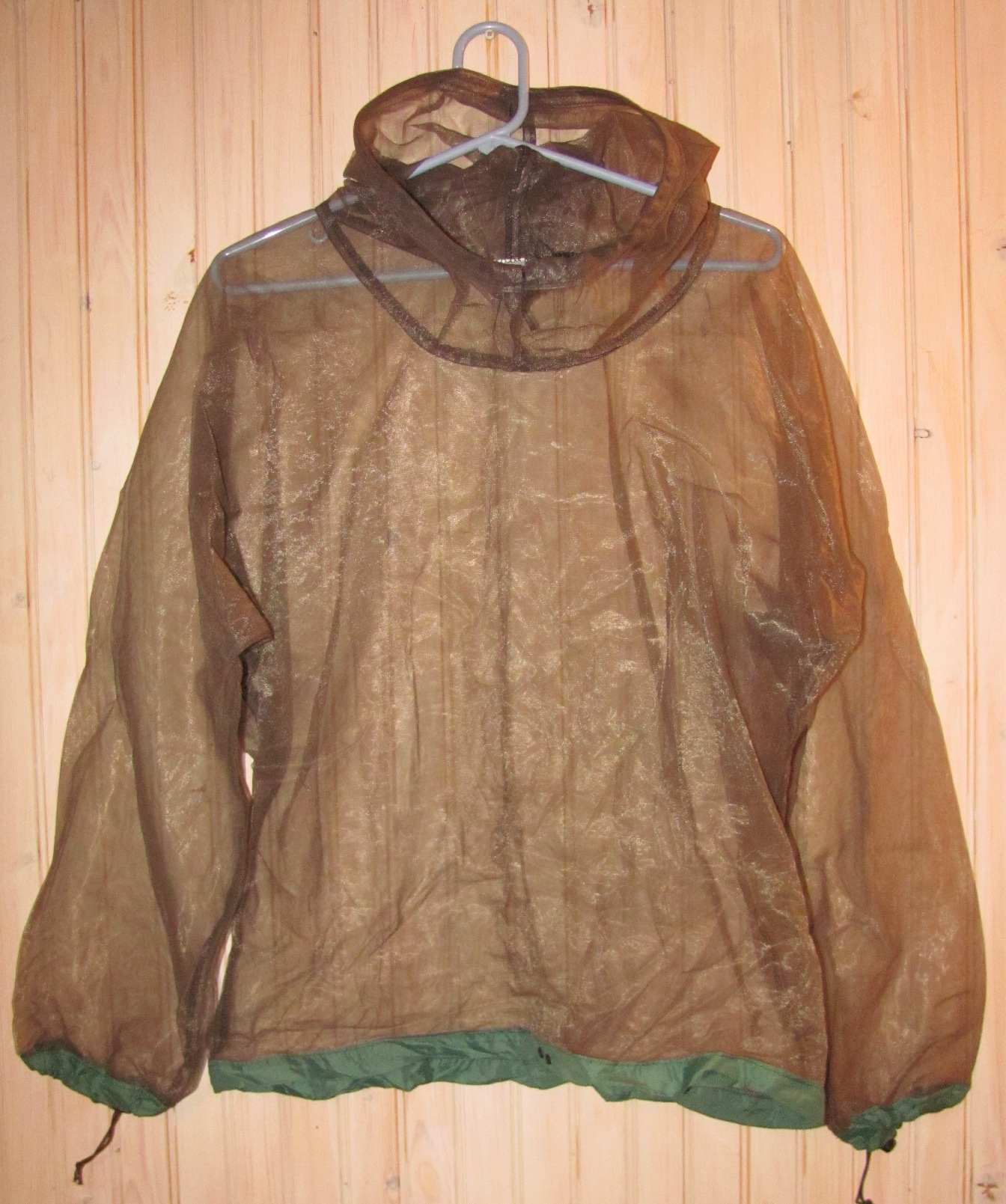- Home
- Non Toxic Personal Care
- Non Toxic Bug Spray
Non Toxic Bug Spray

Non Toxic bug spray for mosquitos and other insects is an effective way to keep bugs at bay. And protect you from insecticides like DEET.
Are bugs taking the fun out of your active outdoor lifestyle? Non toxic bug sprays are a great option to keep outdoor insects at bay without exposing yourself to synthetic pesticides. And there are many effective non toxic and less toxic options available for what’s bugging you.
Non Toxic Bug Spray Options
If you want to avoid the toxic chemicals in pesticides I can tell you from personal experience that there are lots of non toxic bug repellant options. I’ve hiked and camped all over the country and have protected myself from marauding packs of mosquitoes and flies using only non toxic methods.
The Swatting Method – my personal favorite - but not for everyone.
Bug Barrier Clothing – This lightweight, usually polyester mesh clothing, is an effective insect shield against all types of biting bugs. My Bug Baffler shirt saved me from exsanguination during a June camping trip to the UP of Michigan.
Although completely non toxic, (this is NOT clothing treated with permethrin) the polyester mesh is a bit scratchy. Bugshirt.com offers a 100% cotton version and a version with less mesh. You may feel somewhat silly while wearing these bug barriers, but they are great alternatives to applying insect repellent.
Cedar Oil – Cedar oil is my go-to bug solution becomes it acts as both a repellant and an insecticide. Plus, I love the smell. I’ve used Wondercide products as an outdoor insect repellant and as an indoor insecticide.
Cedar oil comes from cedar trees. Cedar trees have many natural toxins, or biocides, that protect them from dry rot, mold and insects. However, no human or pet safety concerns have been identified.
Other effective non toxic bug sprays with cedar oil that I’ve tried are:
Less toxic Bug Sprays
DEET (N, N -Diethyl-meta-toluamide) is the most common pesticide in
mosquito repellent. In animal studies DEET has been shown to cause neurological
and behavioral effects, including ataxia, locomotor impairment, restlessness,
seizures, encephalopathy, respiratory distress, neurotoxicity, and even death.
Picaridin is a less toxic mosquito repellent based on chemicals in pepper. It works by interfering with the mosquito's ability to smell its prey. It may be listed on products as KBR 3023 or by its chemical name, 2-(2-hydroxyethyl)-1-piperidinecarboxylic acid 1-methylpropyl ester.
Picaridin: Picaridin is structurally based on chemicals in pepper and appears to interfere with the mosquito's ability to smell its prey. It may be listed on products as KBR 3023 or by its chemical name, 2-(2-hydroxyethyl)-1-piperidinecarboxylic acid 1-methylpropyl ester. It has been widely used in Europe and Australia and has been available in the U.S. since 2005. Picaridin is odorless, non-greasy and does not irritate the skin.
Safety – Although there is limited data, the studies I read indicate that picaridin has very low toxicity and does not appear to cause adverse neurological or reproductive effects.
Effectiveness – Available in 7% to 20% concentrations (providing protection from mosquitoes and/or ticks for 4-10 hours).
The effectiveness of Picaridin in various brand name formulations as registered with the EPA are:
- Natrapel 8-hour Insect Repellent – 20% concentration/8 hr protection mosquitoes and ticks
- Sawyer Products Premium Insect Repellent with 20% Picaridin – 20% concentration/4.5 hrs mosquito protection
- Avon Skin-So-Soft Bug Guard Plus Picaridin - 10% concentration/6 hrs for mosquitoes/7 hrs for ticks
- Walgreens Light & Clean – 7% concentration/ 4 hr protection from mosquitoes
Another less toxic option is made with lemon eucalyptus oil. This oil is derived from the leaves and twigs of the lemon-scented eucalyptus, (para-Menthane-3,8-diol is the synthesized version used in most commercial preparations).
Lemon eucalyptus oil is the only plant-based repellent
recommended by the CDC to repel mosquitoes.
Three options based on lemon eucalyptus are:
Murphy's Naturals Lemon Eucalyptus Insect Repellent
Coleman Oil of Lemon Eucalyptus Insect Repellent
Make Your Own Non Toxic Bug Spray
Store-bought options that contain DEET, picaridin or lemon eucalyptus oil also contain unidentified inert ingredients that may be as toxic, or even more toxic than the active ingredients. So, If you want to avoid DEET, picaridin and unknown inert chemicals, make your own non toxic bug spray for mosquitos. Here’s my original recipe for homemade bug repellent.
What you’ll need:
- A spray or spritzer bottle
- Jojoba or Sunflower Oil (2 oz)
- Oil of Lemon Eucalyptus 1 teaspoon
- Cedarwood Oil 30 drops
- Lemongrass Oil 15 drops
- Geranium Oil 15 drops
Mix all ingredients and pour into bottle. Spritz or dab small amounts on skin before and during outdoor activities.
A tip if you don't want greasy hands after applying. Put a small amount of repellent in an old pill bottle and fill the bottle with cotton swabs. Use the saturated swabs to dab on the mosquito repellent.
This recipe can also be made with a 2 oz base of witch hazel or aloe gel but it won’t have the staying power of the oil based recipe. You’ll need to reapply more often.
To make repellent wipes fold organic cotton rounds in half and place in a leak proof silicone container. Fill the jar with your homemade repellent to saturate the cotton rounds.
 Non Toxic Weed Killer Non Toxic Weed Killer |
 Bug Repellents Bug Repellents |

